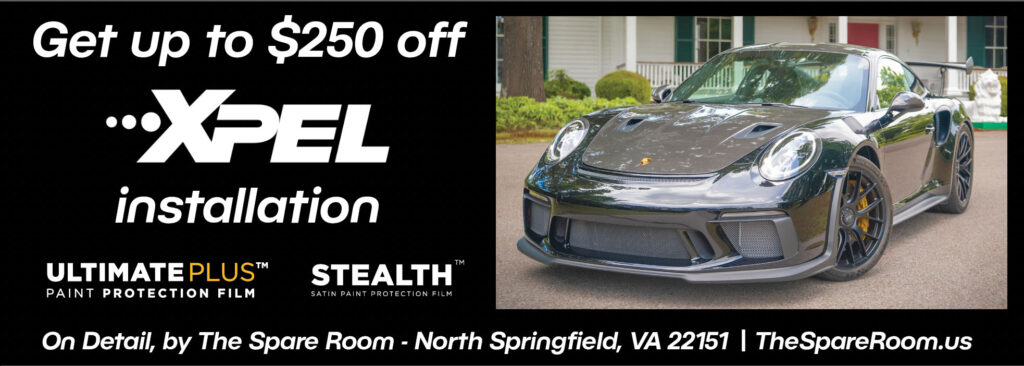Over extended use, automotive paint is susceptible to all kinds of environmental attacks, from UV rays, to acid rain, road gravel, bird droppings, and microscopic dust. All these factors damage a paint’s clear coat over time and leave tiny imperfections in their wake, usually in the form of “swirls” visible under direct light. With the right products and expertise, however, this damage can be reversed and mitigated for years of guilt-free driving.

Paint restoration begins with a car that has been completely washed and dried to rid it of any remaining contaminants. The majority of the work involves one or more polishing compounds and a mechanical buffing tool. During polishing, the clear coat is rearranged on a molecular level, filling in the microscopic pits and scratches while bring out the natural shine.
The amount of labor involved depends heavily on the condition of paint. A clear coat with heavy swirls and deep pits will take more work, and more products. For extensive damage, more coarse polishing compounds and buffing pads will be employed. Heavy polishes, known as cutting compounds, perform deep massages into the clear coat to hopefully reverse years of damage. These abrasive solutions, however, also cause smaller imperfections while being used. A pro detailer’s solution is to follow up a cutting compound with a succession of gentler and gentler polishes until all flaws have been eliminated.

Unpolished clear coat vs. corrected coat
It’s also best to leave heavy paint correction to pros, as selecting incorrect products for your paint can fail to reverse damage, or even make it worse. The radial buffers that detailers employ can be dangerous in the hands of an amateur, “burning” holes into the clear coat if left in one spot for too long. For light-duty polishing at home, there are also oscillating commercial buffers available. These are gentler to use, but don’t provide nearly enough power for heavy paint correction.
Another important thing is applying a protective sealant after paint correction. This adds a layer on top of the clear coat which defends it from further contamination over an extended period of time, and can prevent the need for further correction down the road. Traditional wax coatings are simple to use, and can be applied at home after a wash. They only last a couple months at a time, though. After that two months, your paint will be vulnerable and need a fresh coat. The more expensive, but longer lasting solution is a professionally applied ceramic coating.
This ceramic forms at hard outer shell around the paint, protecting it from grime, gravel, UV, and weather for up to five years at a time. You can drive your car around town without worry, and keep it looking newer for longer.

The Starting Line is now offering its Spare Room service in Springfield Virginia. Bringing specialty car storage and detailing to the DC area.